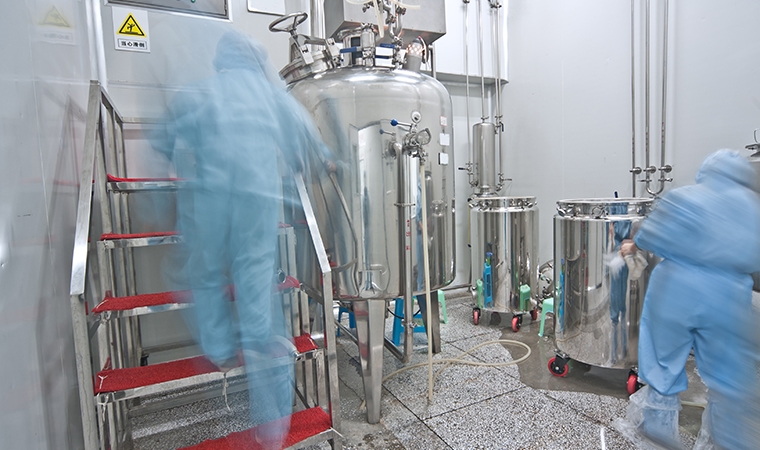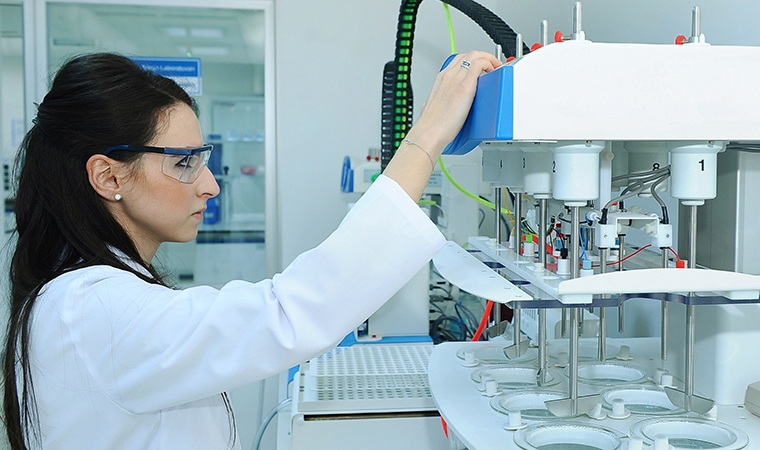Instead of reinventing the wheel, extract lessons learned and share knowledge from previous technology transfer projects. With pharma manufacturing process integration and risk-based analysis with the end in mind, get in tune with technology transfer.
In the continuous search for new products, the industry is developing new product candidates at an accelerated rate. In addition to the increasing number of new approvals, generic versions of past blockbuster products are becoming available in different markets due to patent expiry.
Demographics and local forces in emerging markets, such as the public-private partnership models, are driving the business of promoting access to these products. This reality puts emerging markets in a strong position to lead the way and innovate pharma manufacturing to become more flexible, multipurpose and cost-effective.
Often, the technology required for local manufacturing is sourced from established technology providers. These already have ongoing programs for developing and updating products. Therefore, ensuring successful technology transfer from these partners is crucial in order to to quickly establish local pharmaceutical manufacturing.
The goal of technology transfer activities is to transfer product and process knowledge between development and manufacturing, and within or between manufacturing sites to achieve product realization. This knowledge forms the basis for the manufacturing process, control strategy, process validation approach and ongoing continual improvement.
The product is the process and the process is the product
Pharmaceutical products can be highly complex, and regulatory authorities acknowledge the notion that “the product is the process and the process is the product”. This emphasizes the importance of integrated product and process knowledge, and project execution, to support successful technology transfer and timely market entry. Technology transfers involve several cross-disciplinary elements, which may not be available in an existing organization, such as:
- GMP compliance
- Regulatory demands
- Product understanding
- Technology and process knowledge
- Health, safety and environment (HSE) compliance (e.g. containment)
- Control strategy development
- Supplier evaluation
- Supply chain management
- Start-up of production and qualification
- Project management
Beginning with the end in mind
Risk analysis and management are the cornerstone of any science- and risk-based approach for technology transfer of biologicals. And a successful technology transfer must have the end goal in mind from the very beginning.
Key elements to consider early in the process include the principles described in the the International Conference on Harmonization of Technical Requirements for Registration of Pharmaceuticals for Human Use (ICH) guidelines ICH Q8, Q9, Q10 and Q11. These Quality by Design (QbD) guidelines highlight the underlining science and risk-based principles and quality systems that are cornerstones when defining a number of targets: quality target product profile (QTPP), critical quality attributes (CQAs), critical process parameters (CPPs), design space and, in particular, control strategy.
These ICH guidelines are thus an integral part of the technology transfer guidelines issued by the International Society for Pharmaceutical Engineering (ISPE) and the World Health Organization (WHO). They are also fundamental to the recent technical report from the Parenteral Drug Association (PDA) on technology transfer.
Localized manufacturing
Emerging markets represent the major growth engine of the global pharmaceutical industry, with high demand and very little local manufacturing. To unlock this huge potential, we must look at the enablers and critical points in technology transfer.
The technology transfer of biosimilar product manufacturing processes must be carefully designed. This is to avoid compromising the targets established for claiming biosimilarity by the biosimilar developer. The targets are determined by conducting a thorough analysis of multiple lots of the originator product, in order to identify the distribution of product characteristics. These are then used to select the design space for the biosimilar product development.
While the complete quality range may be broad for the lifetime of the originator product, the specification limits for control of the biosimilar product are based on a much tighter range within the originator product quality range. Both the reference biologic and the biosimilar are manufactured by dynamic and evolving processes. This is caused by phenomena such as raw material changes or production site changes, where variability is inherently associated with those products.
Heterogeneity and variation of the biosimilar products are therefore unavoidable factors of transferring technology. However, if dealt with adequately – by applying risk-based principles as described for the risk analysis and mitigation matrix (RAMM) – it should not be a cause for concern.
Cost – a fundamental driver
Attention should be paid to enablers of technology transfer who support the fast and predictable establishment of the biosimilar manufacturing process, as this can bring high quality biosimilar products to the market. Cost and flexible manufacturing are probably the most important enablers for biosimilar pipelines consisting of several different products.
For calculations of cost of goods manufactured (COGM), one of the most important infliction points in biologic manufacturing is capacity. Depending on the biosimilar product mix, local manufacturing may only need an annual capacity of 100 kg or less. Therefore, from a COGM perspective, the infliction point for using single-use technology versus traditional stainless steel positions single-use technology and its inherent flexibility as a technology enabler.
The economic advantage may favour a hybrid single-use/stainless steel solution, or even a traditional stainless steel solution when a higher capacity is required. COGM is also highly dependent on facility cost and capacity utilization, which may shift the infliction point for installed capacity to favour single-use technology at even higher capacities.
Planning a technology transfer is not easy. But considering local technology providers and integrating process knowledge transfer and risk-based analysis to predict the end from the start, will streamline the process and help you stay in tune with technology transfer.



